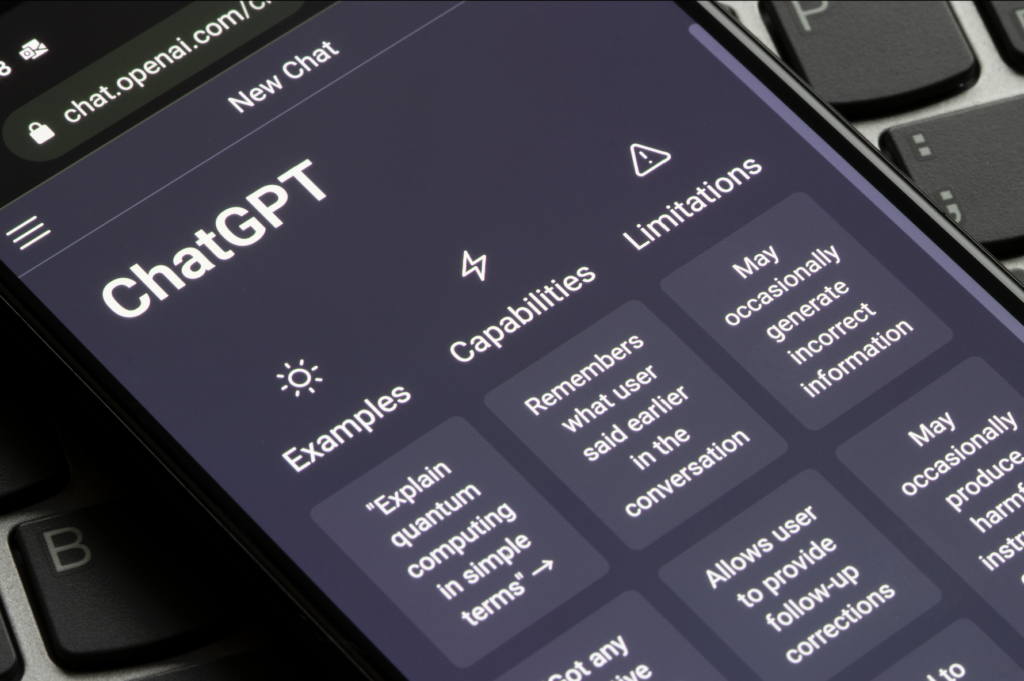Quick Concepts: Large Language Models
What is a Large Language Model?
A large language model, or LLM, is a type of deep learning algorithm that can interpret, summarize, edit, translate, predict, and create text. To perform these tasks, LLMs rely on immense amounts of training data scraped from web sources and digitized texts, amounting to multiple physical libraries worth of information. The most successful LLM to date is OpenAI’s GPT-3 (short for Generative Pre-trained Transformer – Version 3), which is used to power the ground-breaking generative AI model ChatGPT.
How are Large Language Models Trained?
Large language models are trained on massive volumes of data from the internet and digitized materials. The training data could encompass almost the entirety of what is posted on the internet during a given time period, including online academic papers, encyclopaedias, works of literature, forum discussions, and social media posts. This amounts to billions of pages of text and an estimated 45 terabytes of data.
While previous generations of LLMs were trained using supervised learning, with humans providing labels and teaching the model how to classify inputs, newer LLMs rely on self-supervised learning. Given enough data, these models train themselves to identify patterns and form associations between words, phrases, and concepts without human intervention. The model encodes these learnings in hundreds of billions of parameters (values that the model adjusts based on learning). LLMs then use this encoded, continuously evolving “knowledge” to predict and generate original content that echoes or draws upon examples encountered in its extensive training data.
For more specialized use cases, LLMs can be fine-tuned, using relevant, curated data, to perform specific functions with greater precision and reliability.
Where are Large Language Models used?
Large language models are used in a variety of contexts. They have powered major advancements in conversational AI applications such as chatbots and virtual assistants. They can also be used to create marketing and PR communications, academic papers, visual art, and computer programs, all based on user-generated prompts. Their capabilities are rapidly expanding, and their outputs, for the most part, are natural (i.e., human-sounding) and convincing.
What are the challenges of Large Language Models?
No technology, especially at this scale, comes without risks and challenges. LLMs are a game-changer in many ways, and this powerful technology is being unleashed on the world with few restrictions or regulations. This poses several potential pitfalls for AI-generated content:
- Inaccuracy – since LLMs are self-supervised, and have been trained indiscriminately on essentially the entire internet, they can perpetuate factual errors, misinformation, and propaganda. They can also fabricate information and make completely false claims using predictive text.
- Bias – as above, any of the hate speech and discriminatory/slanted information posted on the web can make their way into AI-generated content, often subtly and inconspicuously. This content can also reflect inherent biases in the composition of the training data (i.e., unbalanced representation of different ethnicities or social classes).
- Copyright infringement – AI-generated content can include copyrighted material without permission, and many explanations and summaries may constitute plagiarism.
- Lack of verifiability – since sources are typically not cited, AI-generated content can come from almost anywhere online, making verification and fact-checking (particularly for obscure or cutting-edge information) extremely challenging.
For these reasons, it is best to use LLMs and generative AI cautiously, with a humans-in-the-loop arrangement that includes thoughtfully-worded prompts and detailed manual edits and rewrites.
With effective regulation, careful implementation, and sufficient human involvement, LLMs can be a powerful and versatile tool for sharing information, providing services, enhancing businesses, and enriching lives.
Accelerate AI with Annotated Data
Check Out this Article on Why Your Model Performance Problems Are Likely in the Data

follow us


